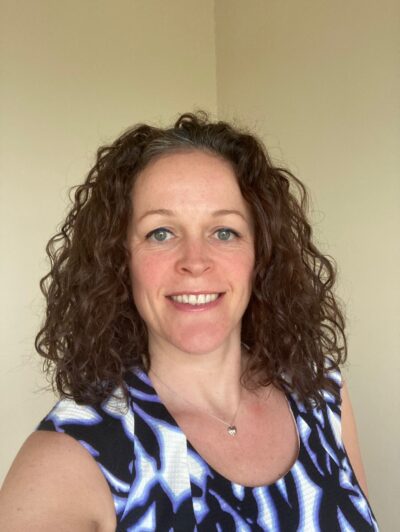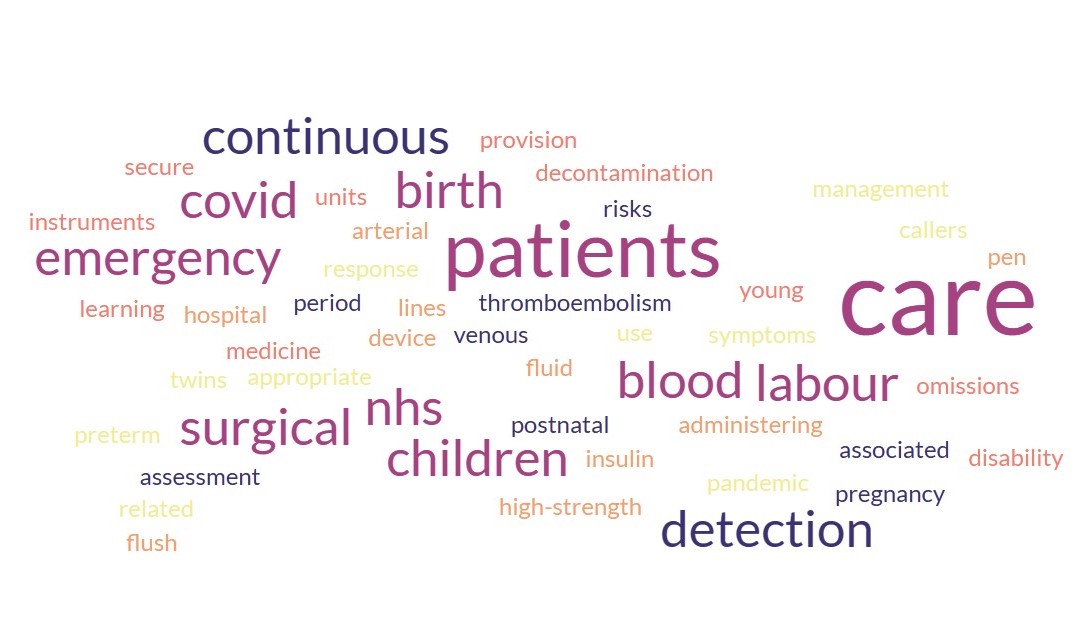
Development of a systems-based classification scheme to support aggregation of safety intelligence data from healthcare safety investigations.
The Healthcare Safety Investigation Branch (HSIB) published 73 national investigations prior to December 2022, making over 200 safety recommendations to high levels within the healthcare system, such as regulators or governing bodies. These investigation reports contain a wealth of data identifying system level contributory factors to safety incidents within the NHS. Analysis of multiple investigation reports can be used to identify trends, improve learning and inform the development and implementation of recommendations.
The word cloud above was created using the titles of the 20 HSIB national investigations analysed in this project.
Project phases
The picture illustrates the two phases of the project
In phase one the proposed classification scheme was developed. The researchers identified contributory factors in 20 published HSIB national investigation reports, classifying them using existing codes from the internal HSIB SEIPS-based maternity classification scheme, or adapting and creating new codes where needed.
In phase two the proposed classification scheme was assessed for reliability using the index of concordance, then the face validity was considered by both researchers.
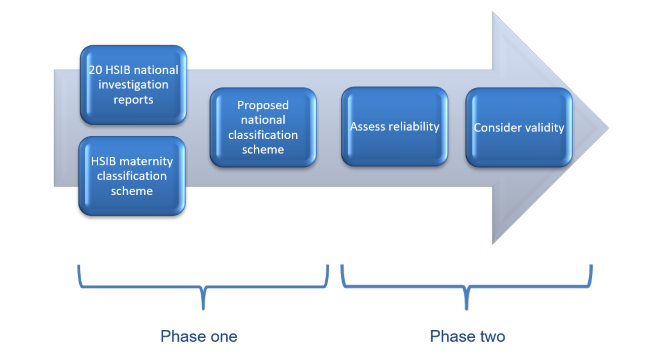
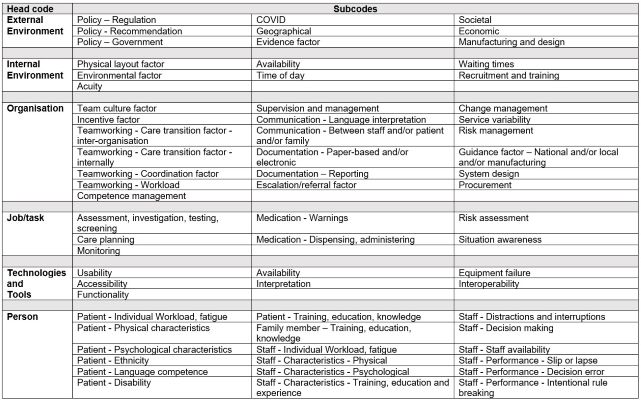
Proposed classification scheme
The image shows the final proposed classification scheme consisting of six SEIPS-based head codes and 67 subcodes.
525 contributory factors were identified within 20 HSIB national investigation reports, with only 43 disagreements in coding between the researchers. The index of concordance was found to be acceptable at 91.8% and face validity was considered high by both researchers.
The analysis of coding demonstrated that HSIB carry out system-wide investigations identifying contributory factors at all levels. This is vital to ensure the responsibility for recommendations made from investigations is allocated to those at the appropriate level, with the power and resource to implement change.
The proposed classification scheme enables aggregation of contributory factors from multiple investigations to identify trends and patterns that can be interrogated further or used as supporting evidence for recommendations.
The scheme is currently limited in reliable application to the healthcare areas and subject matter described in the 20 investigations used. Therefore, iterative development should continue as further investigations are completed in other healthcare areas, such as primary care or mental health. Accimaps may be useful for visualisation of the interdependent factors across the healthcare system and a training program should be developed with a guidebook for novice users of the scheme at HSIB.
Other Work
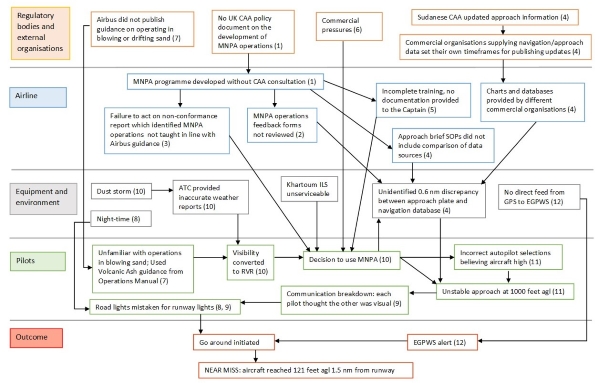
An Accimap was created in the human factors and systems module to illustrate factors that contributed to an Airbus A321-231 near-miss into Khartoum in 2005. Air Accident Investigation Branch report 5/2007 was used as the source material.
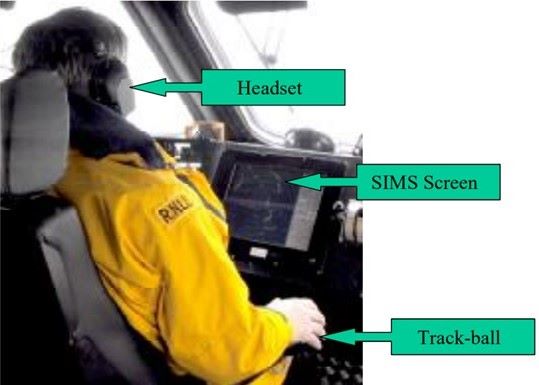
Human factors and safety developments in the Royal National Lifeboat Institution (RNLI) since 1990 were considered during the transport module. PPE, such as lifejackets and helmets, were reviewed, as well as looking at the design features of the hulls, such as self-righting capabilities, and the shock-absorbing seating with ergonomic design of equipment, as shown in the picture.
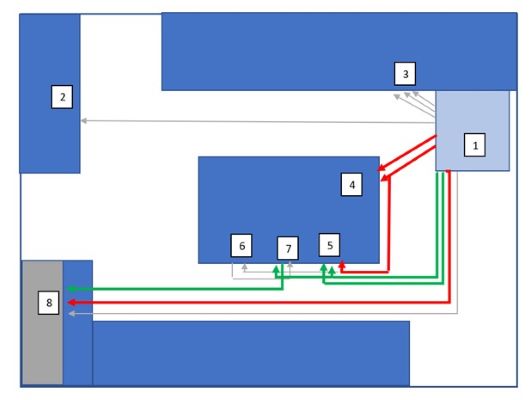
In the data collection and analysis module, link analysis diagrams were created to show the movement around a kitchen by different people (person 1 in red, person 2 in green, grey lines represent movements made by both people) when unloading a dishwasher (in position 1).
Awards
First Class Honours BSc Adult Nursing
Experience
20+ years aviation experience as a pilot, flight safety manager and crew resource management instructor. 8 years experience in the NHS as a healthcare assistant and registered nurse, currently working as an intelligence analyst for the Healthcare Safety Investigation Branch.
Visionary Thinkers
Visionary Creators
Visionary Makers
